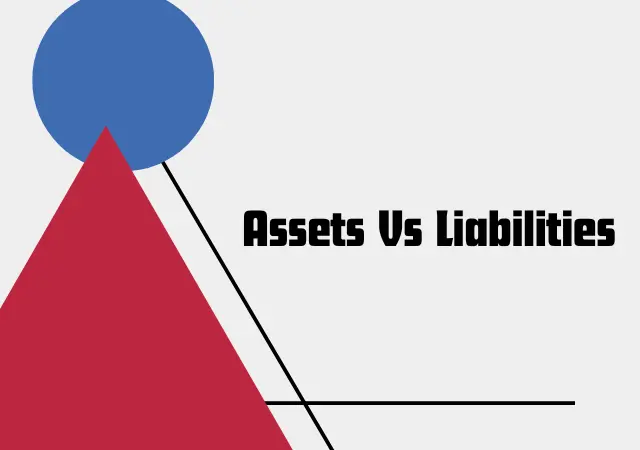What is the Difference between Assets and Liabilities? a Concept that STATES ‘Assets’ as Economic Resources owned or controlled by an entity to provide future benefits, AND ‘Liabilities’ represent the Obligations or Debts owed by an entity to external parties.
Table of Contents
Assets (As Per IAS 1)
‘Assets’ are Economic Resources owned or controlled by an Individual, Business, or Organization that have the potential to PROVIDE future benefits. They Represent the value or wealth possessed by an entity.
Assets can be TANGIBLE, e.g Cash, Property, or Equipment, or INTANGIBLE, e.g Patents, Copyrights, or Goodwill.
They are classified into CURRENT ASSETS, which are expected to be converted into cash within a year, and NON-CURRENT ASSETS, which have a longer useful life.
1. Characteristics of Assets
- Ownership or Control: Assets are either owned or controlled by the entity and can be UTILIZED to generate future economic benefits.
- Future Benefits: Assets have the potential to GENERATE cash flows, reduce expenses, or enhance the value of an entity.
| Measurement |
|---|
| Assets are RECORDED at their Historical Cost or Fair Market Value. |

Liabilities (As Per IAS 1)
Liabilities, REPRESENT the Obligations or Debts owed by an Individual, Business, or Organization to external parties. They arise from past transactions or events and require future settlement, usually through the transfer of economic resources.
Liabilities can be classified as CURRENT LIABILITIES, which are due within a year, and NON-CURRENT LIABILITIES, which are due after a year.
1. Characteristics of Liabilities
- Obligation or Debt: Liabilities reflect the financial responsibilities of an entity towards EXTERNAL parties, such as Creditors, Suppliers, or Lenders.
- Future Settlement: Liabilities Necessitate the TRANSFER of economic resources or the fulfillment of obligations at a specified time in the future.
| Measurement |
|---|
| Liabilities are initially RECORDED at the amount of the obligation and May-be adjusted over time due to factors like Interest or Changes in Value. |
IAS 1 – What is the Difference between Assets and Liabilities?
While both Assets and Liabilities CONTRIBUTE to an entity’s Financial Position, their key distinction lies in their effect on an entity’s net worth or equity.
NET WORTH is the Residual interest in the assets after deducting liabilities, and it represents the entity’s ownership interest or equity. Positive Net Worth indicates that assets exceed liabilities, while Negative Net Worth signifies that liabilities surpass assets.
| (a) Ownership Vs Obligation ‘Assets’ Represent ownership or control, while ‘Liabilities’ Represent obligations or debts. |
| (b) Future Benefits Vs Future Settlement ‘Assets’ have the potential to provide future benefits, while ‘Liabilities’ Require future settlement or transfer of economic resources. |
| (c) Value Measurement ‘Assets’ are Measured at their Historical Cost or Fair Market Value, while ‘Liabilities’ are initially recorded at the amount of the obligation. |
The Bottom Line
The Concept What is the Difference between Assets and Liabilities? ENABLE Individuals, Businesses, and Organizations to assess their financial health and Make informed decisions. It allows for a CLEAR evaluation of an Entity’s Net Worth, Cash Flow, and overall Financial Position.
Chartered Accountant – ICAP
Bachelor of Accounting (Honours) – AeU, Malaysia